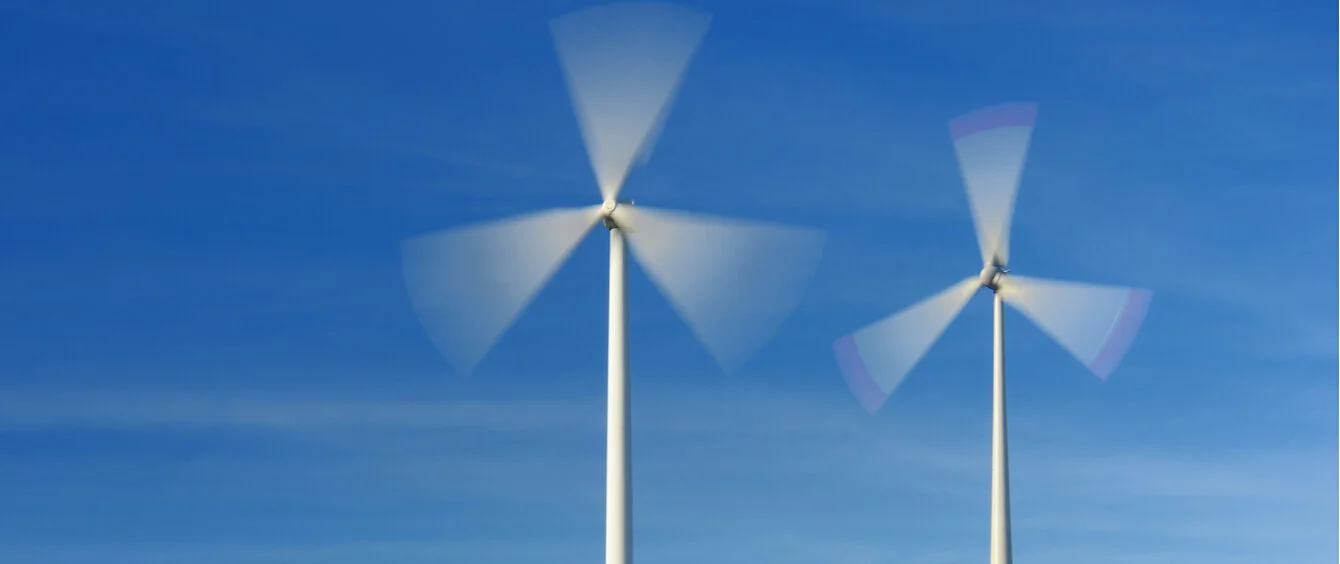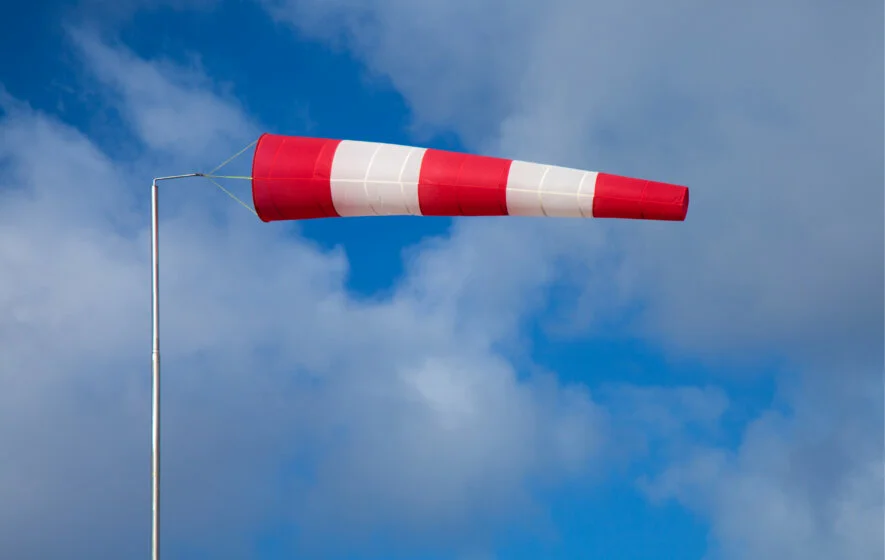In future, operators of wind farms can look forward to higher productivity – if calculations of an international team of researchers are to be believed. Under team leader Zhenzhong Zeng, the researchers evaluated data from Princeton University collated between 1978 and 2017 and taken from 1,400 weather stations, all predominantly based in the northern hemisphere. According to this new information, average wind speeds at a height of ten meters rose by seven percent between 2010 and 2017. On average, wind turbines were thus able to generate around 17 percent more power in 2017 than was possible prior to 2010.
Zeng and his colleagues’ report has therefore shed a new light on the recent increase in wind energy production efficiency, which had previously almost solely been attributed to technical innovation. Half of the increase, the researchers say, is attributable to wind speed.
Global wind cycles
The phenomenon of variable wind speeds has been known for quite some time, namely under the English expression ‘Global Terrestrial Stilling’. In other words, a decrease of average wind speeds near the ground. Yes, a decrease! According to measurements, wind velocity worldwide decreased by an average of 2.3 percent per decade between 1978 and 2009. Researchers initially suspected that reforestation and taller buildings in the areas around the measuring stations had slowed the wind.
But in 2010 the trend reversed and since then, average wind speeds have been on the rise again – and much faster than they had been declining previously. Since urbanisation and vegetation did not exhibit such a reversal, Zeng and his team began hunting for other reasons. According to their findings, global trends in onshore wind speeds are caused by the cyclical interaction of atmospheric wind and ocean cycles. These interactions, well researched in themselves, are responsible for the global exchange of heat and pressure.
Good news for wind farm operators
In the USA, major media outlets soon picked up the story, prompting CNBC and others to report on what journalists hail as a “big boost” for the industry.
But it could get even better: If the researchers’ wind forecasts do come true, wind power capacity could potentially grow by 37 percent by 2024 – simply due to wind velocity alone. “We predict that the increasing wind speed trend will continue for 10 years”, said Zeng[1] in a press release for Princeton University. However, this doesn’t address the elephant in the room – at some point, this trend may also reverse again.
Valuable insights
In the long term, the wind industry could profit from the findings of Zeng and his colleagues, says Charles Meneveau, a mechanical engineering professor at Johns Hopkins University, who was not involved in the study: “Knowing about possible downtrends in wind speeds in the longer term can indeed be very useful for planning of future wind power infrastructure”
“We predict that the increasing wind speed trend will continue for 10 years, but we also show that because this is caused by ocean-atmosphere oscillations, maybe a decade later it will reverse again.”
“Knowing about possible downtrends in wind speeds in the longer term can indeed be very useful for planning of future wind power infrastructure,” said Charles Meneveau, a mechanical engineering professor at Johns Hopkins University who was not involved in the study. “This type of research, blending geosciences and engineering to elucidate phenomena of great societal significance, is timely and will increase our understanding of the close connections between climate and society.”

